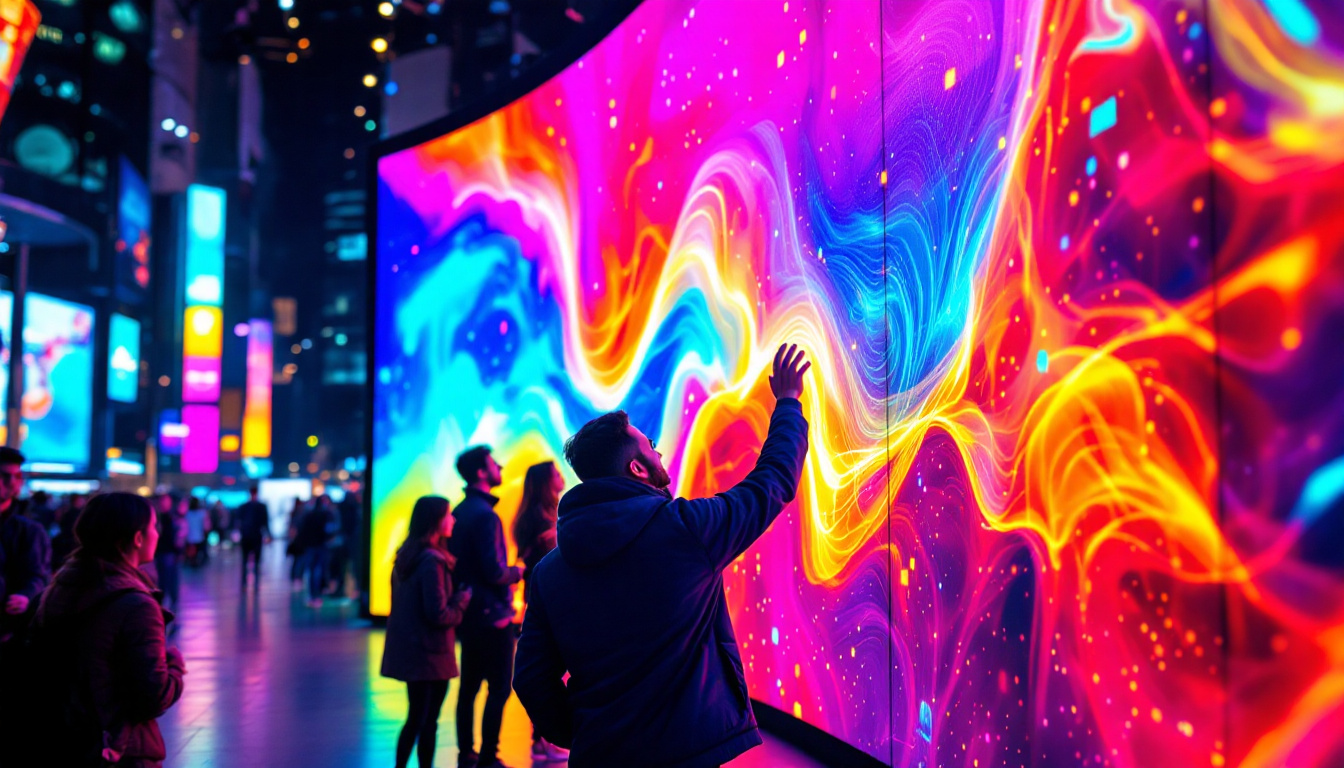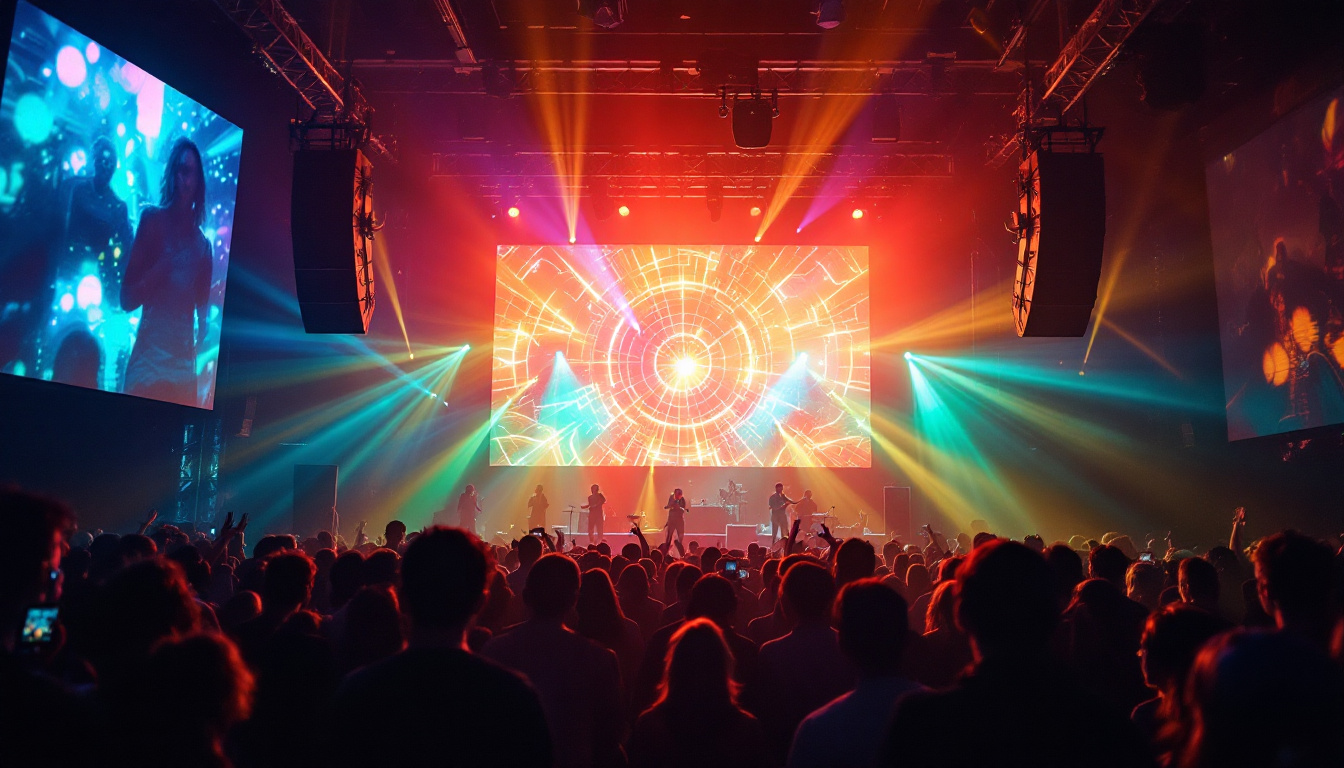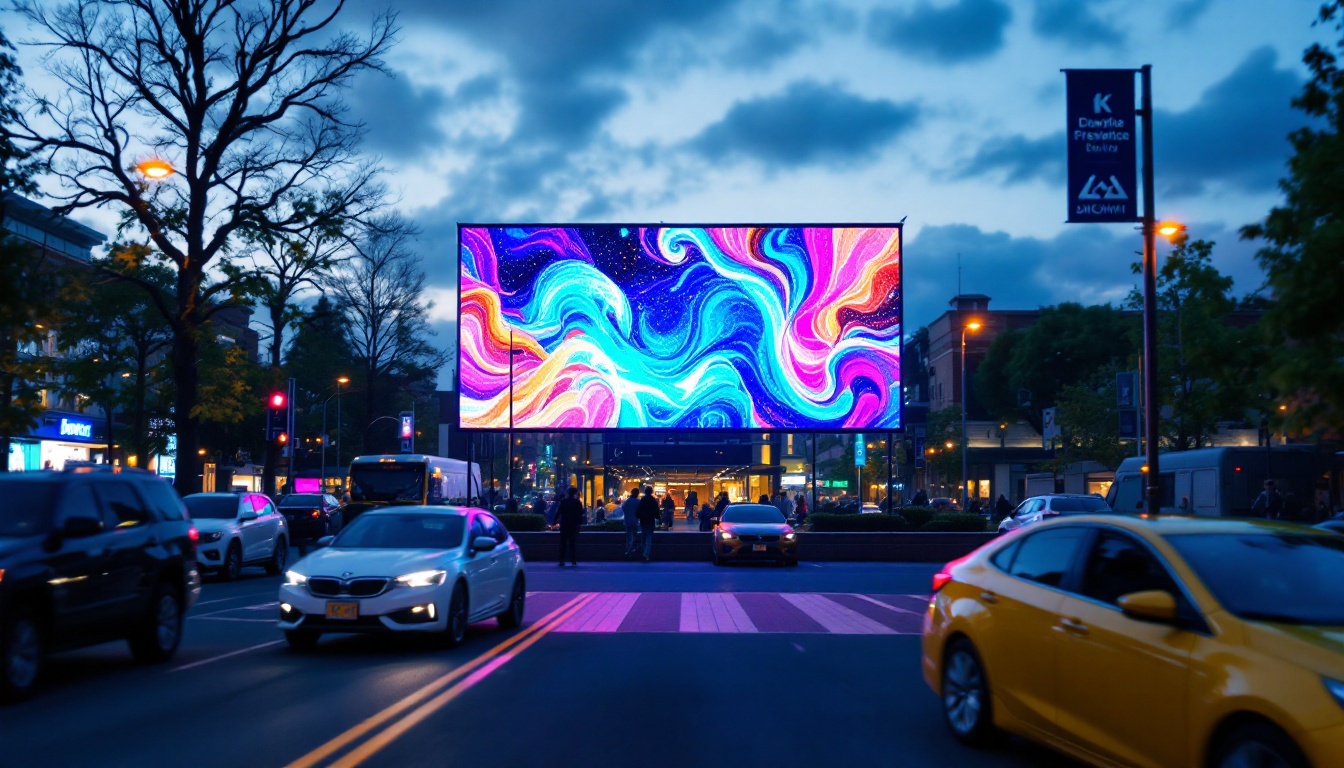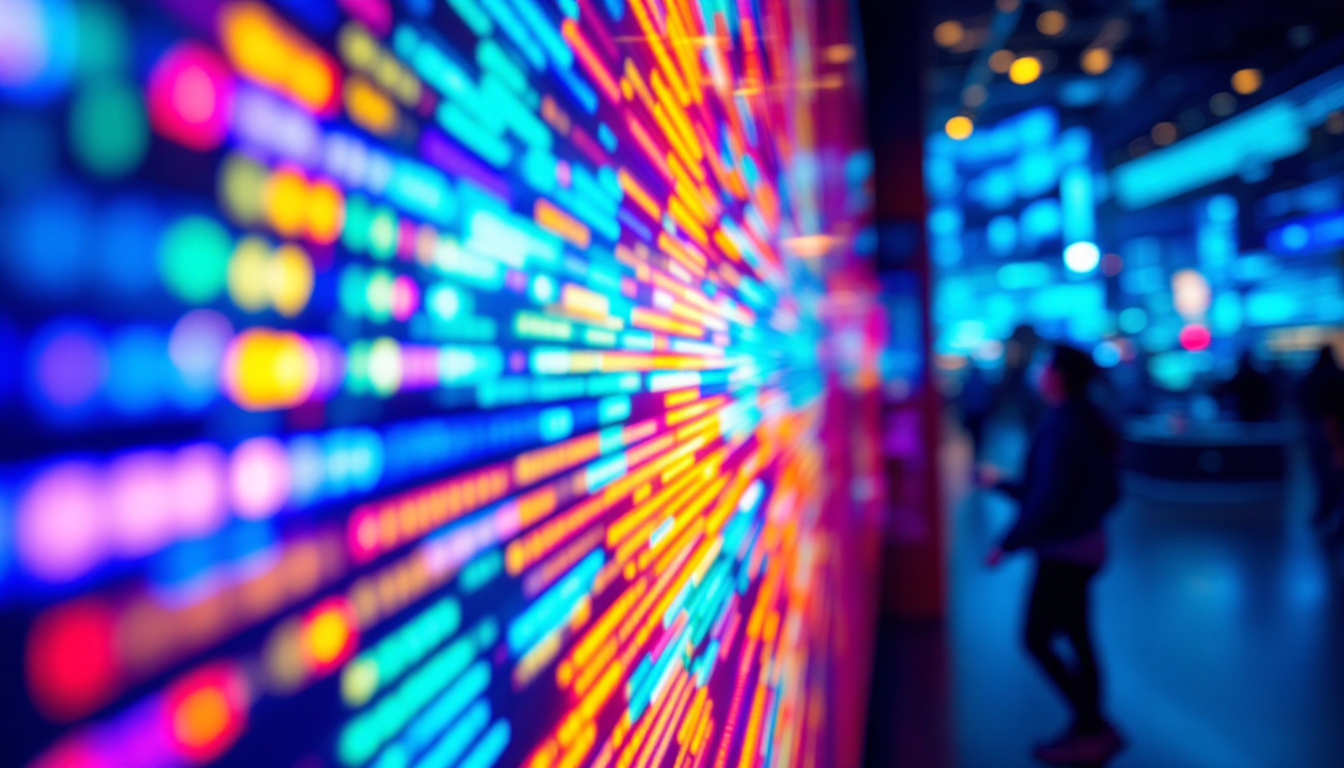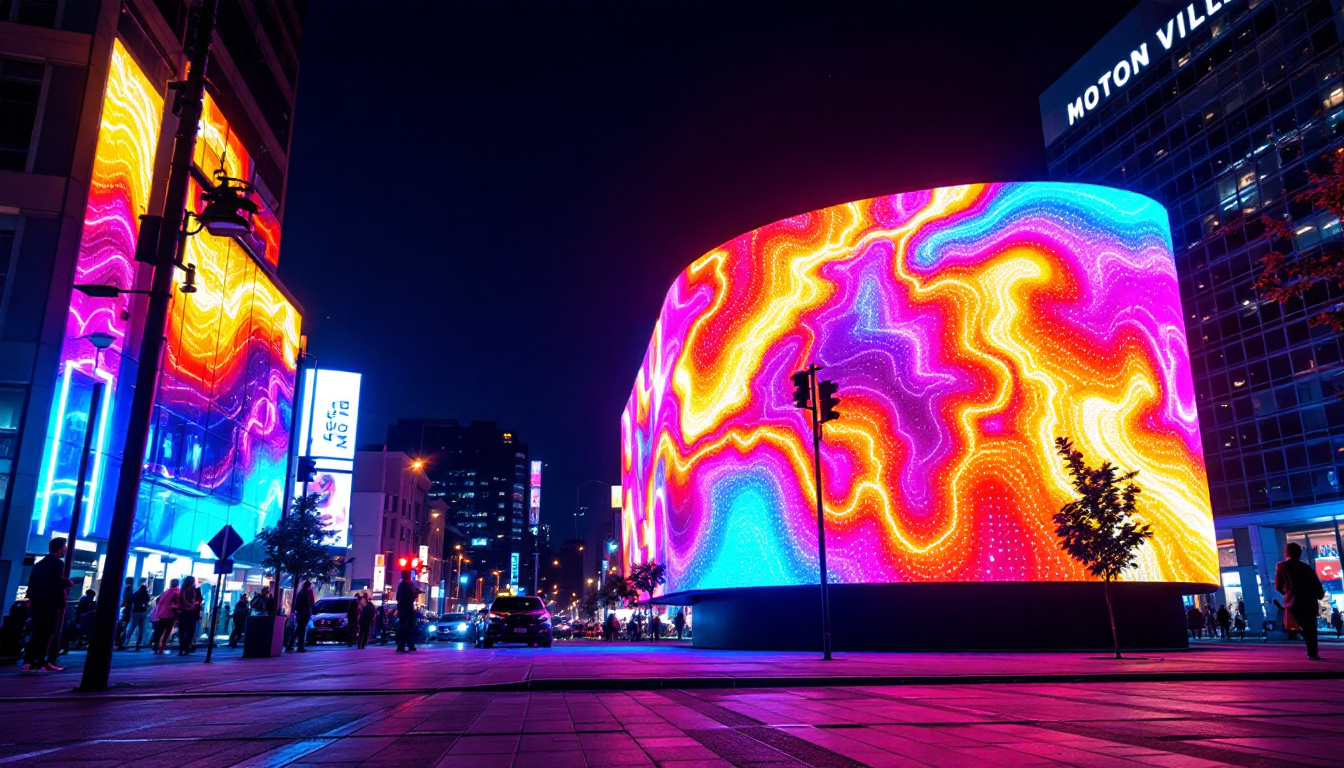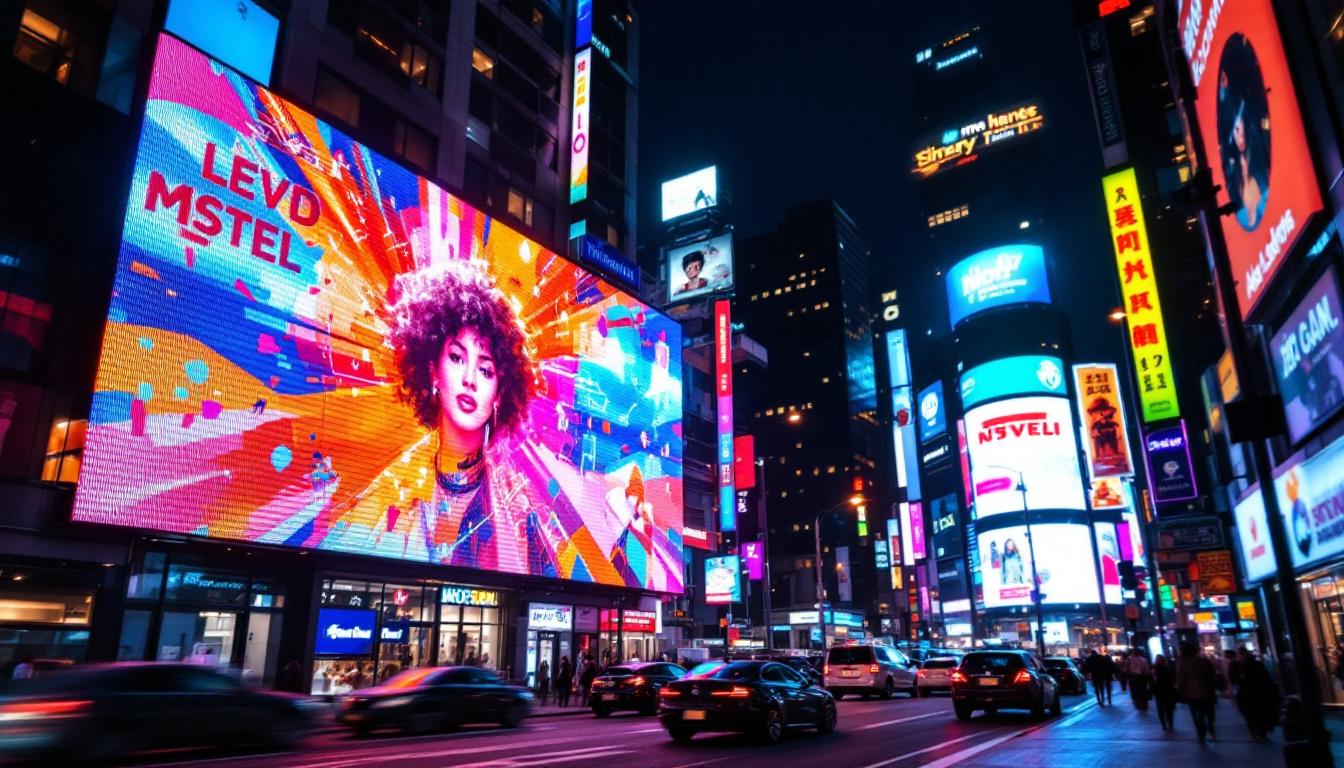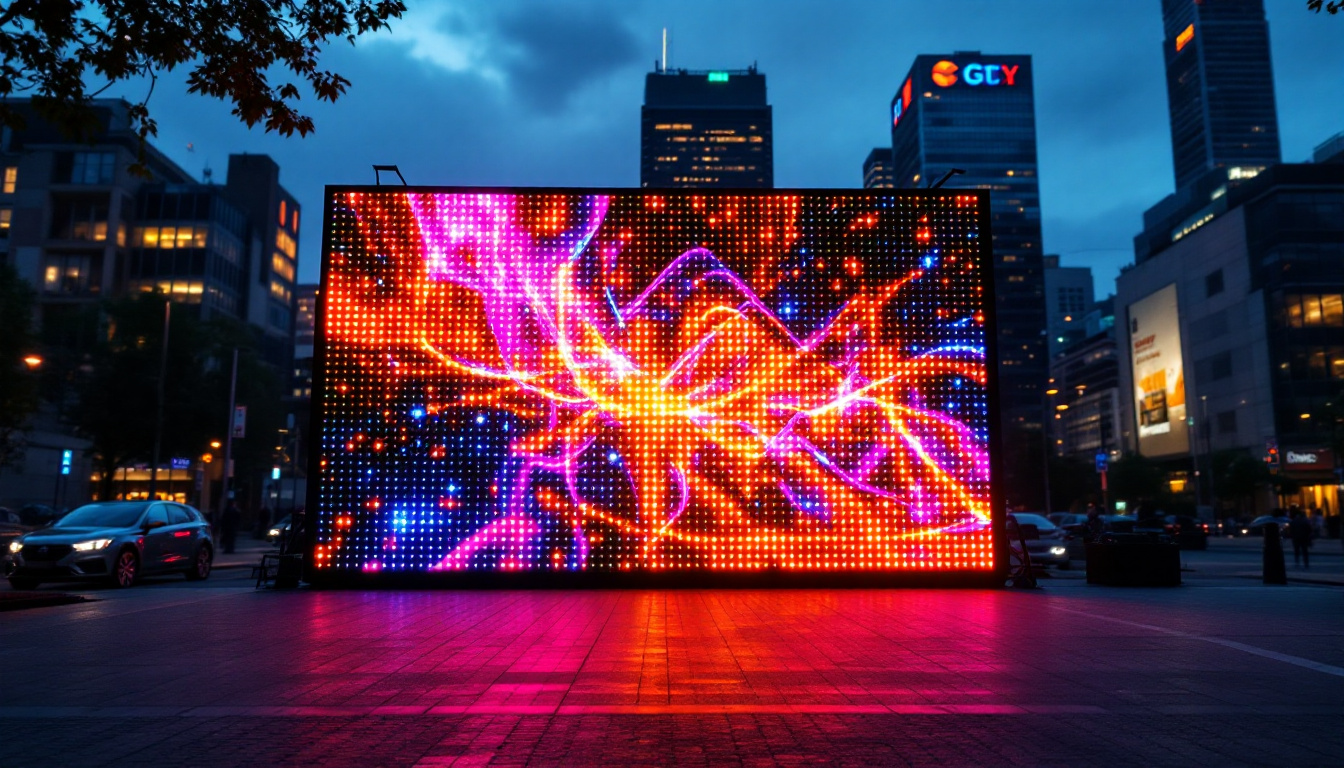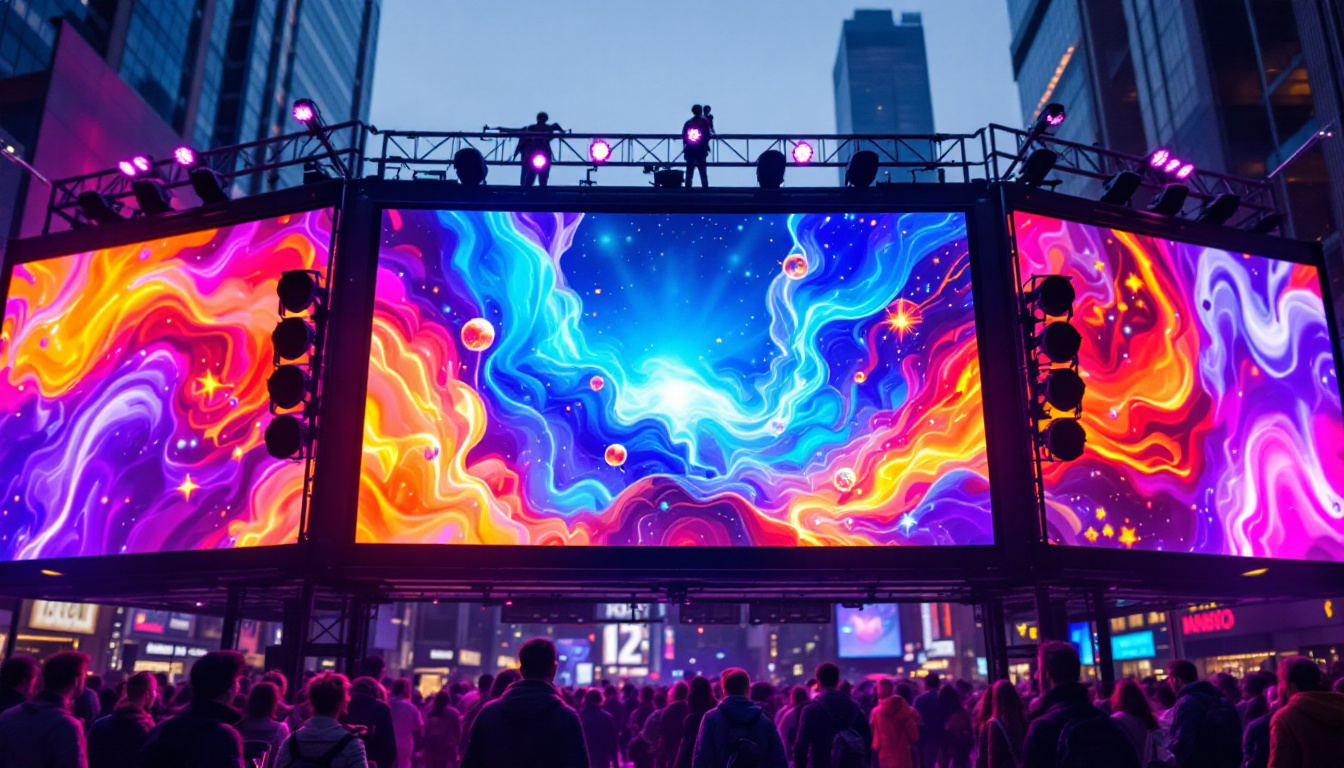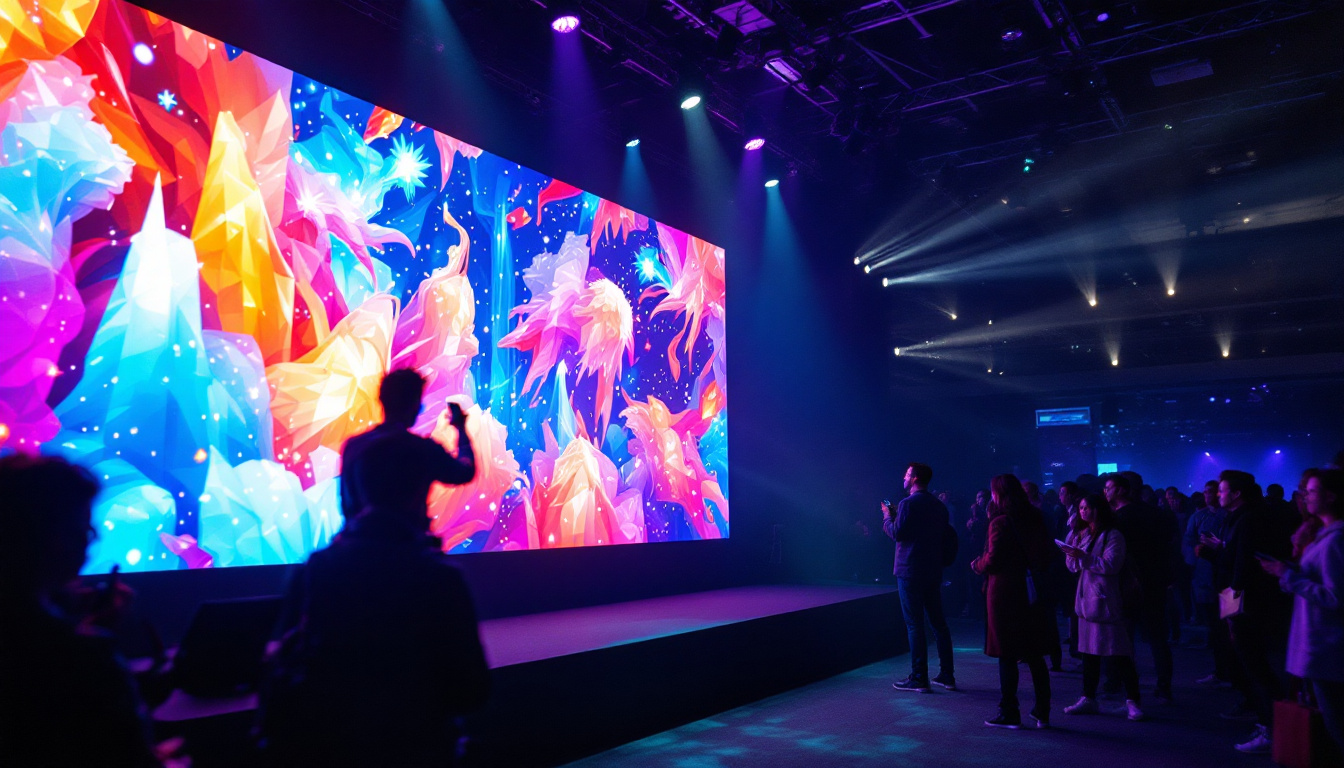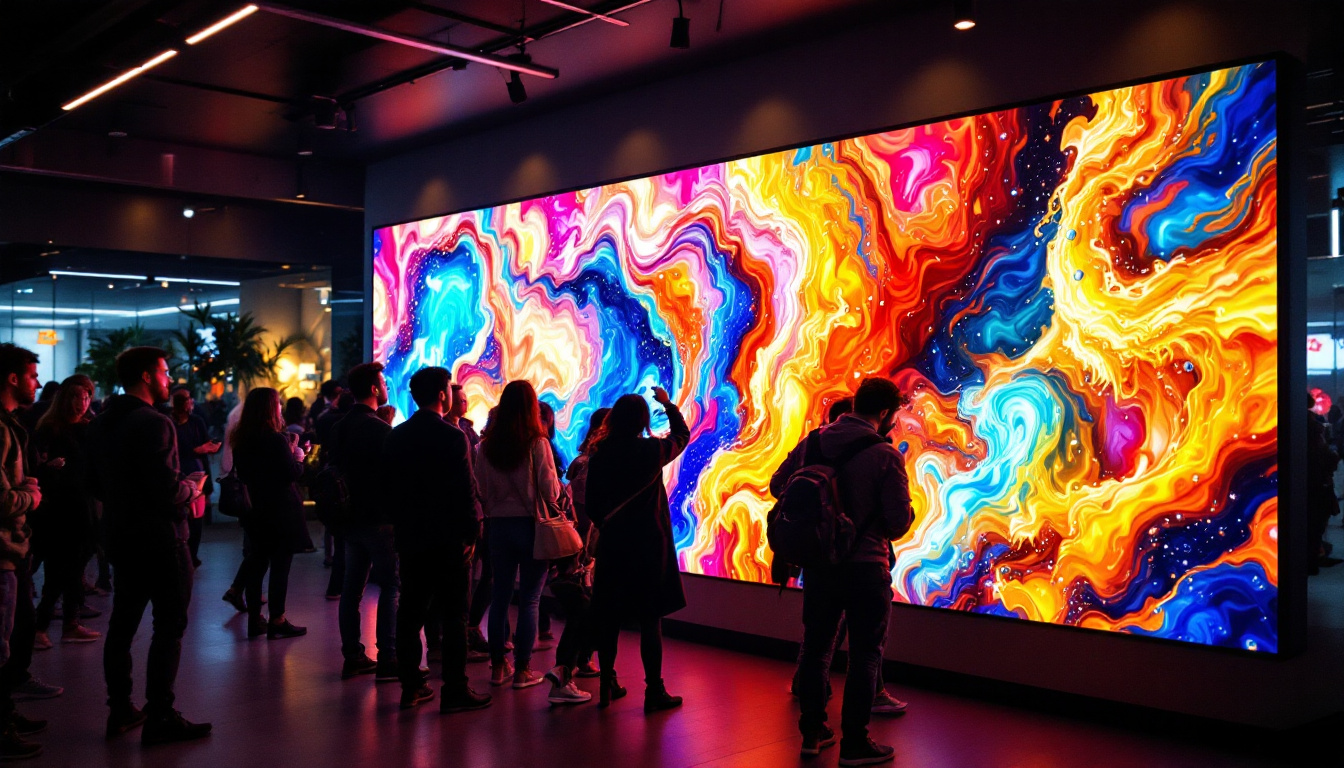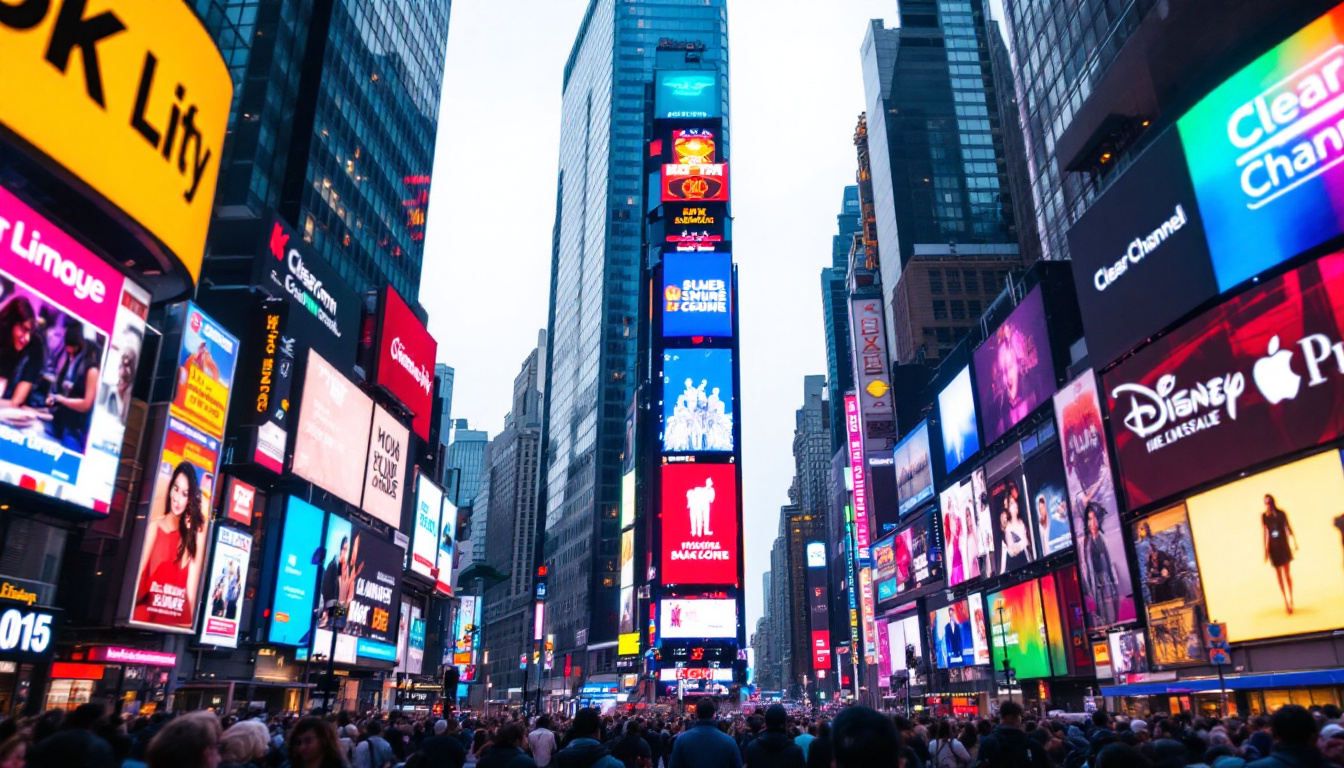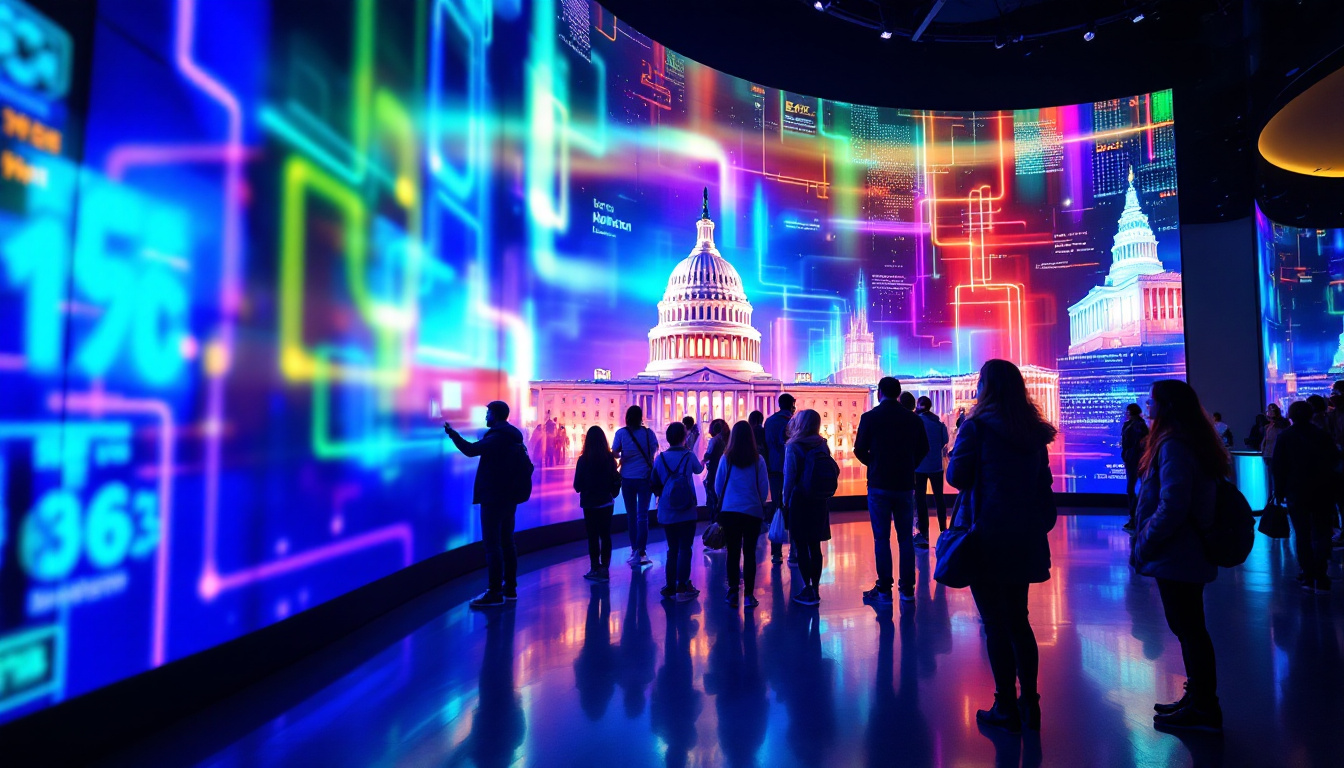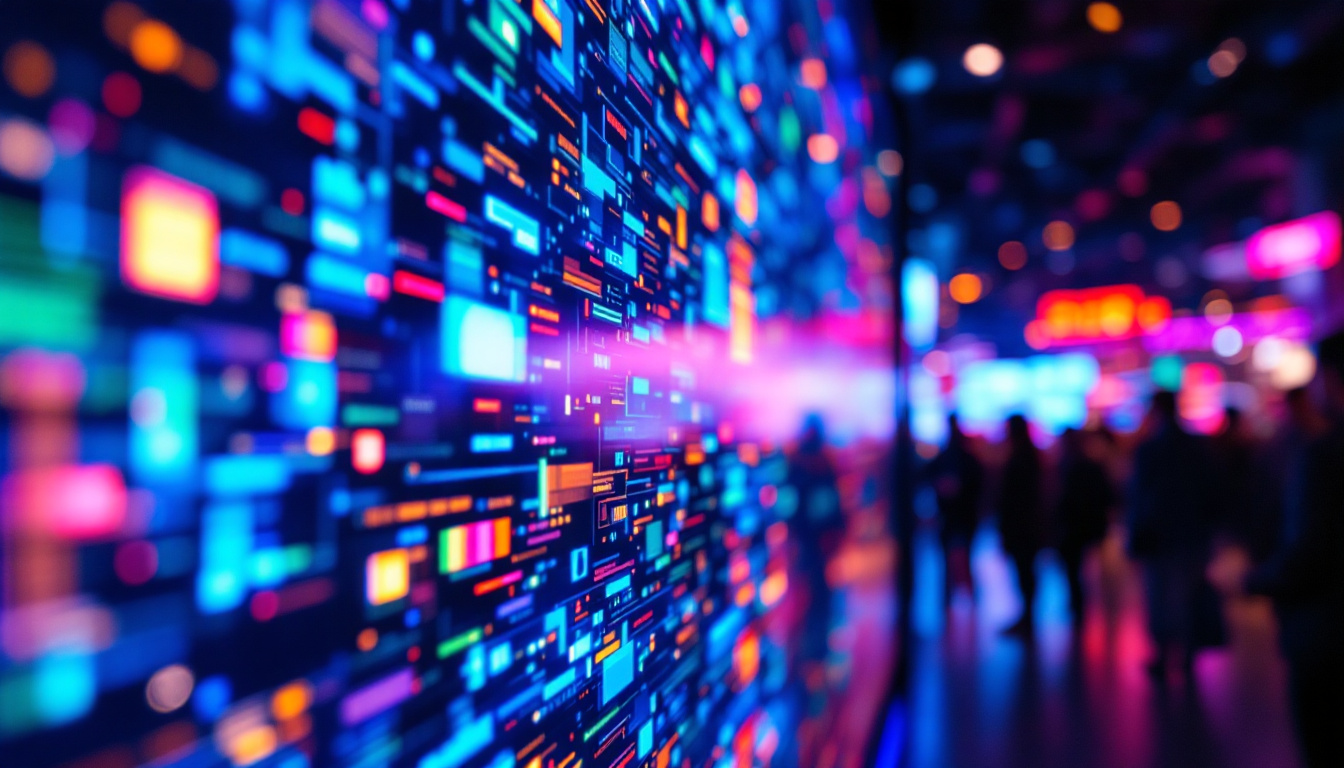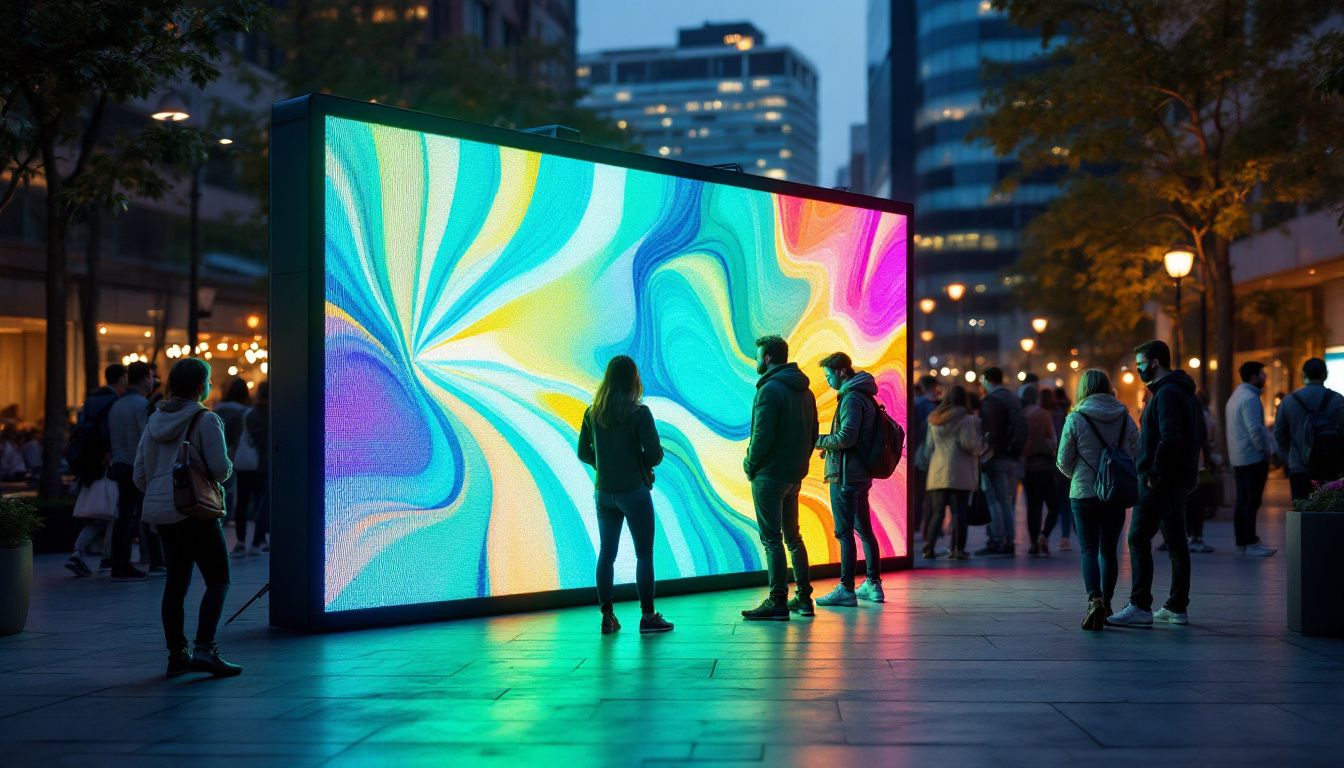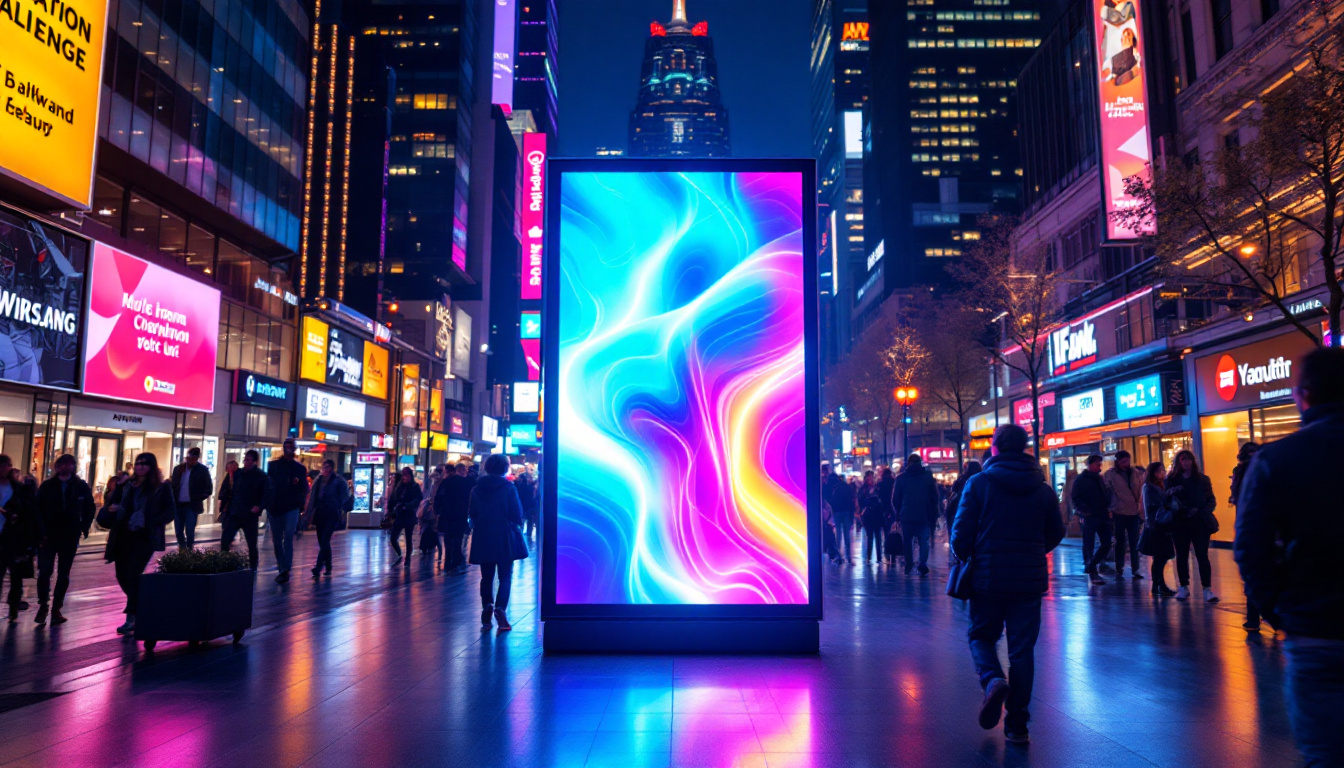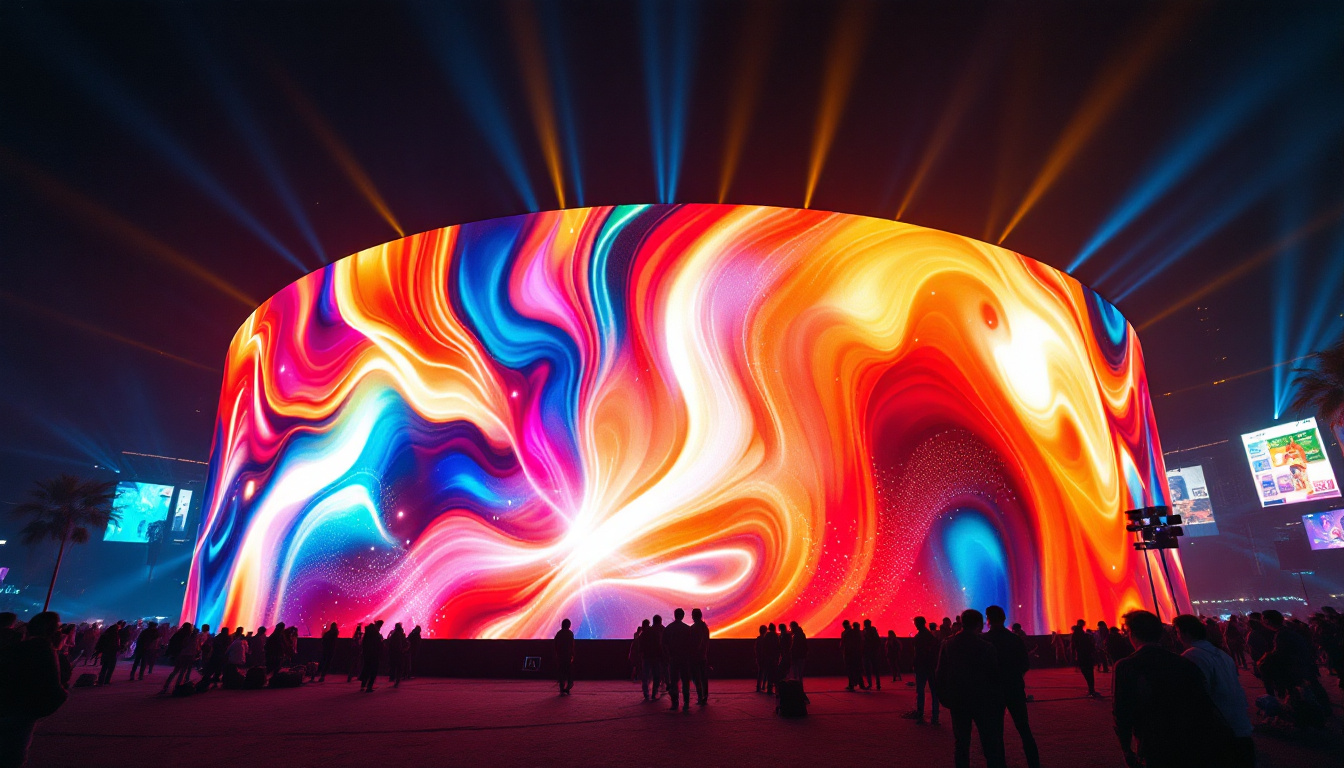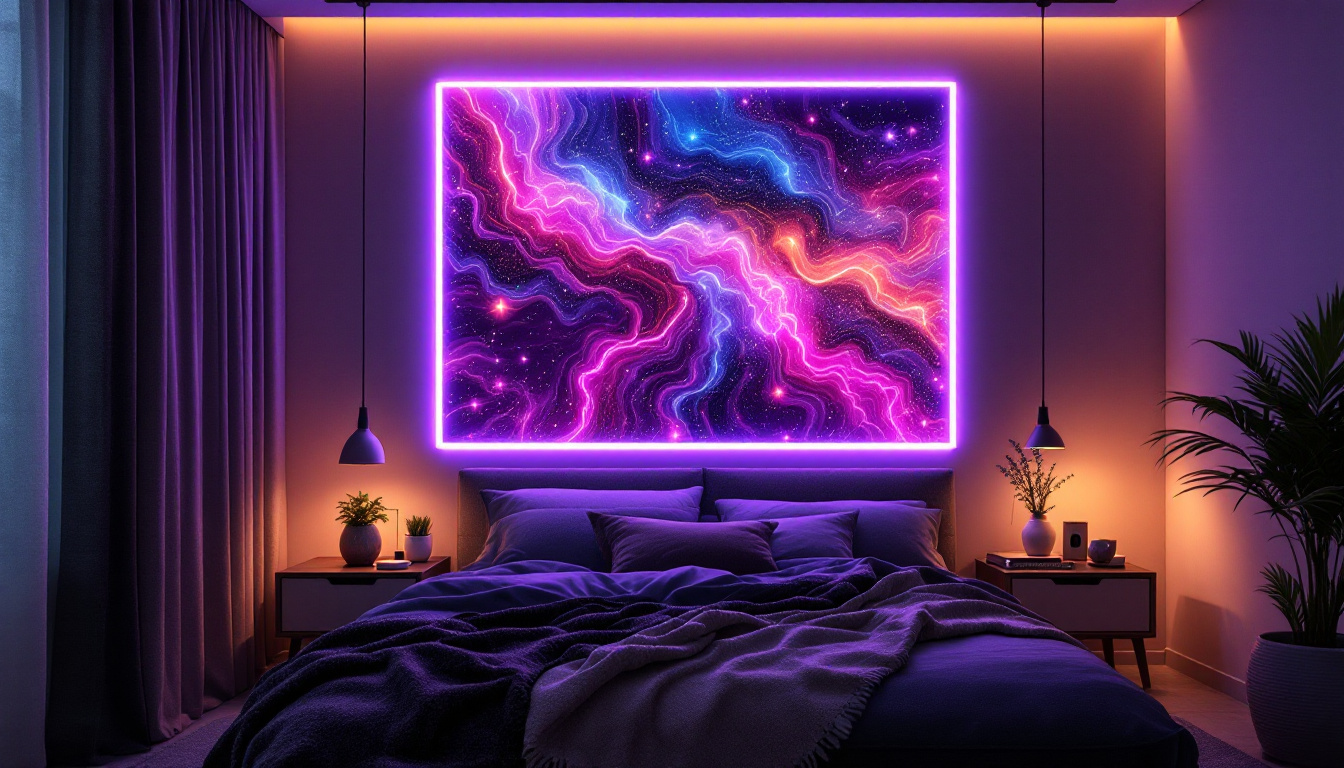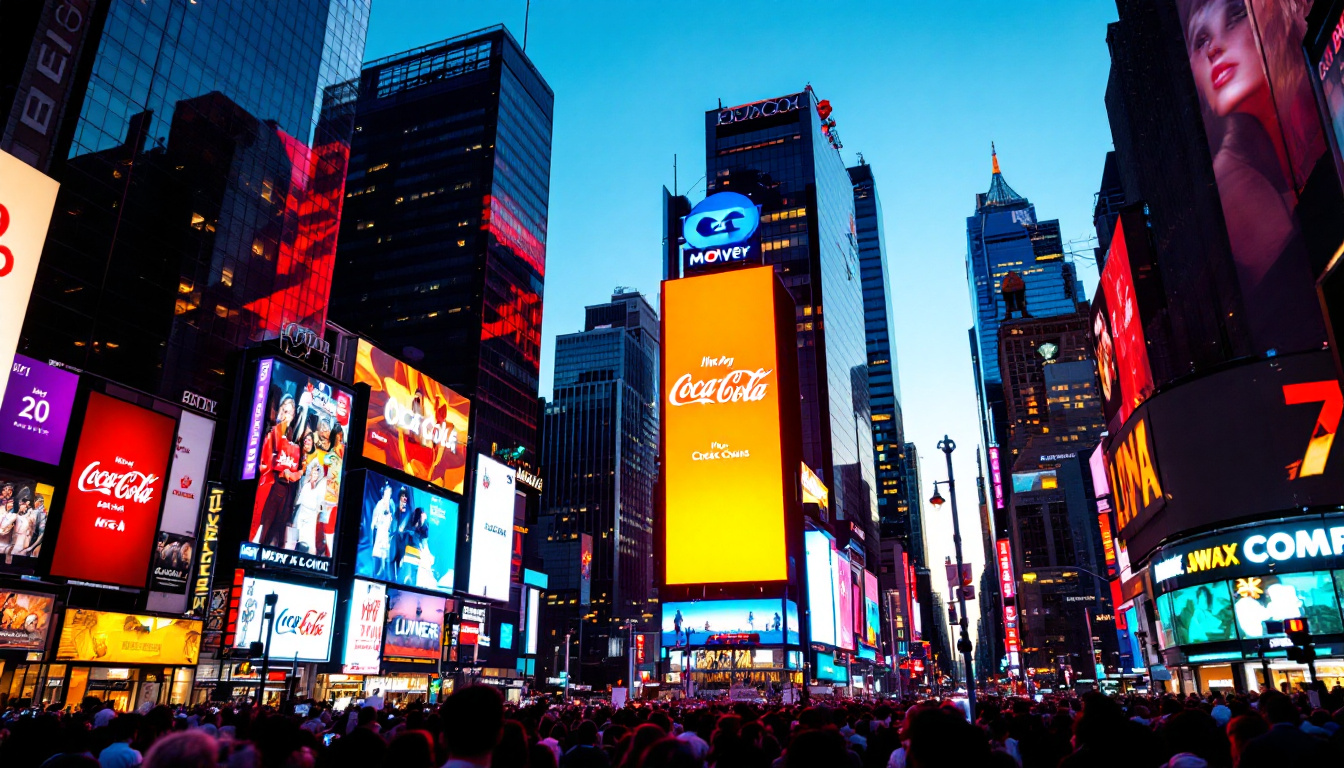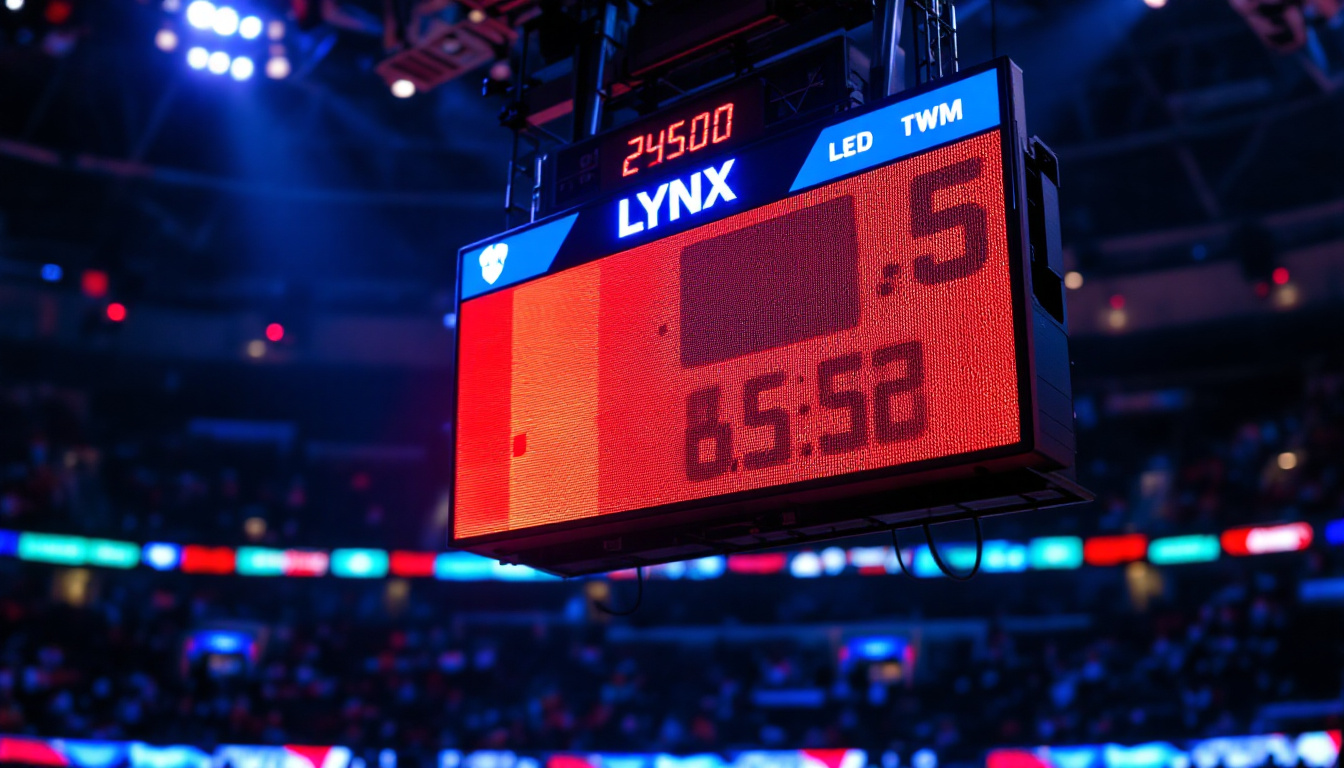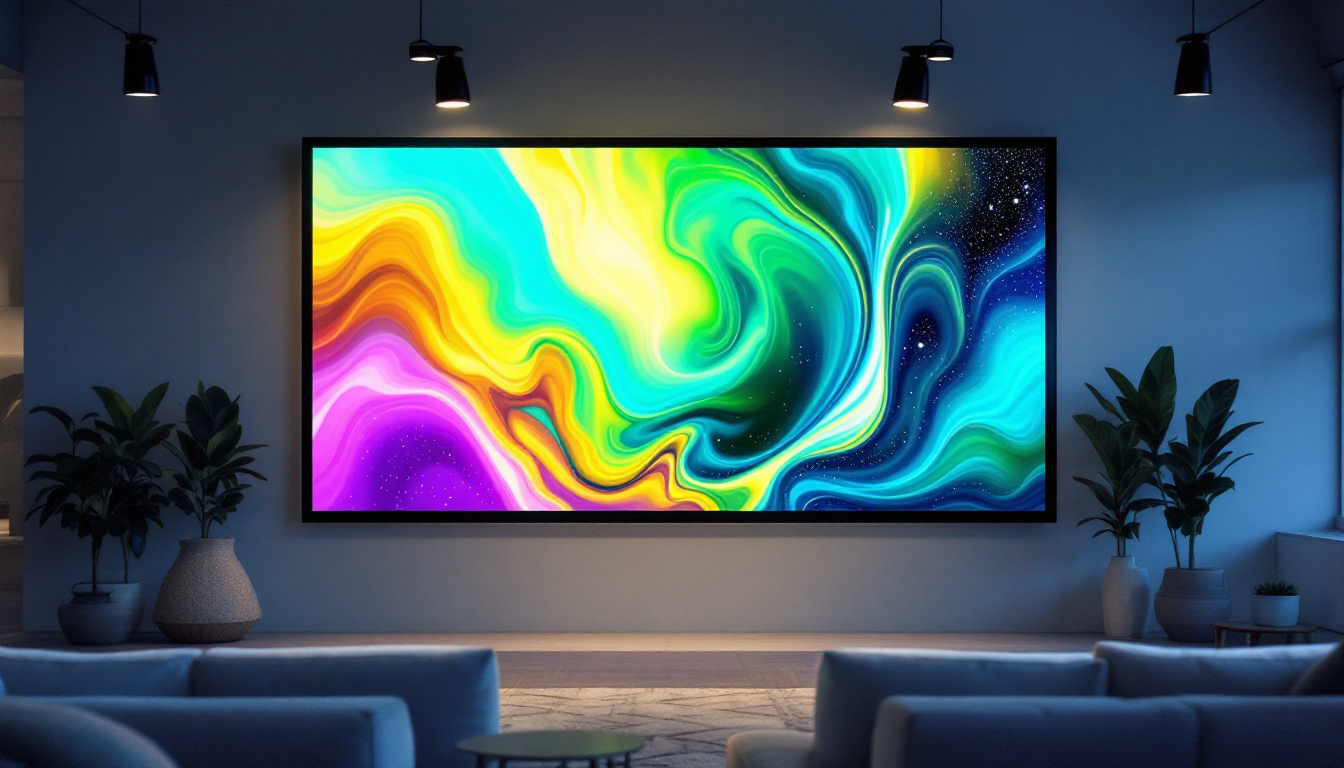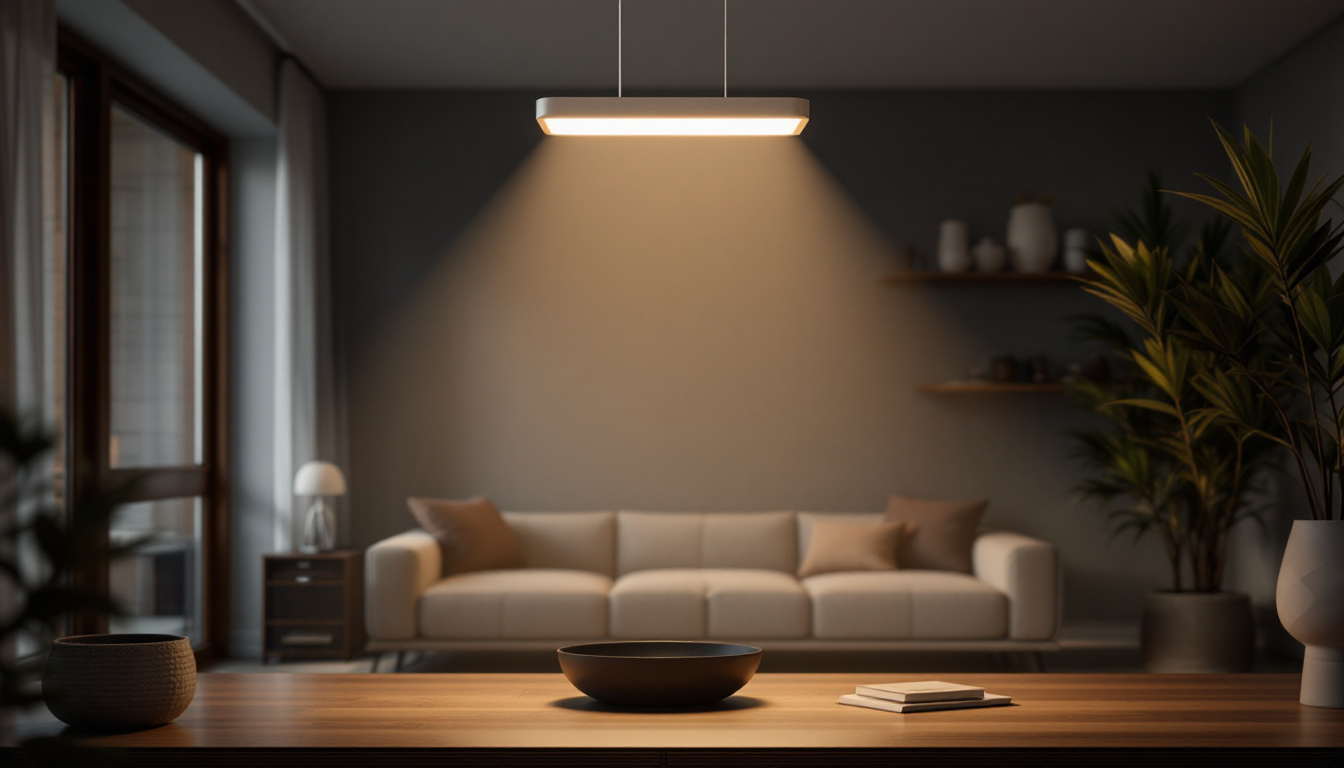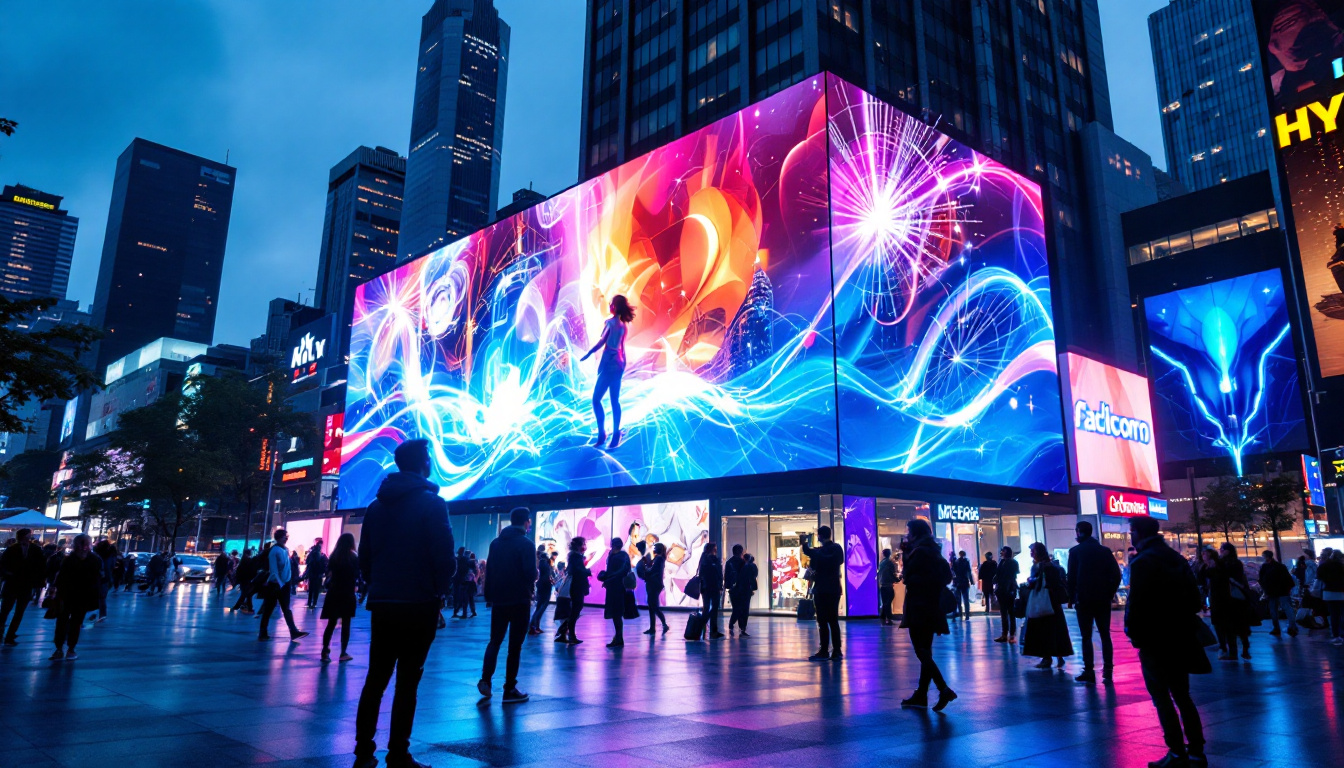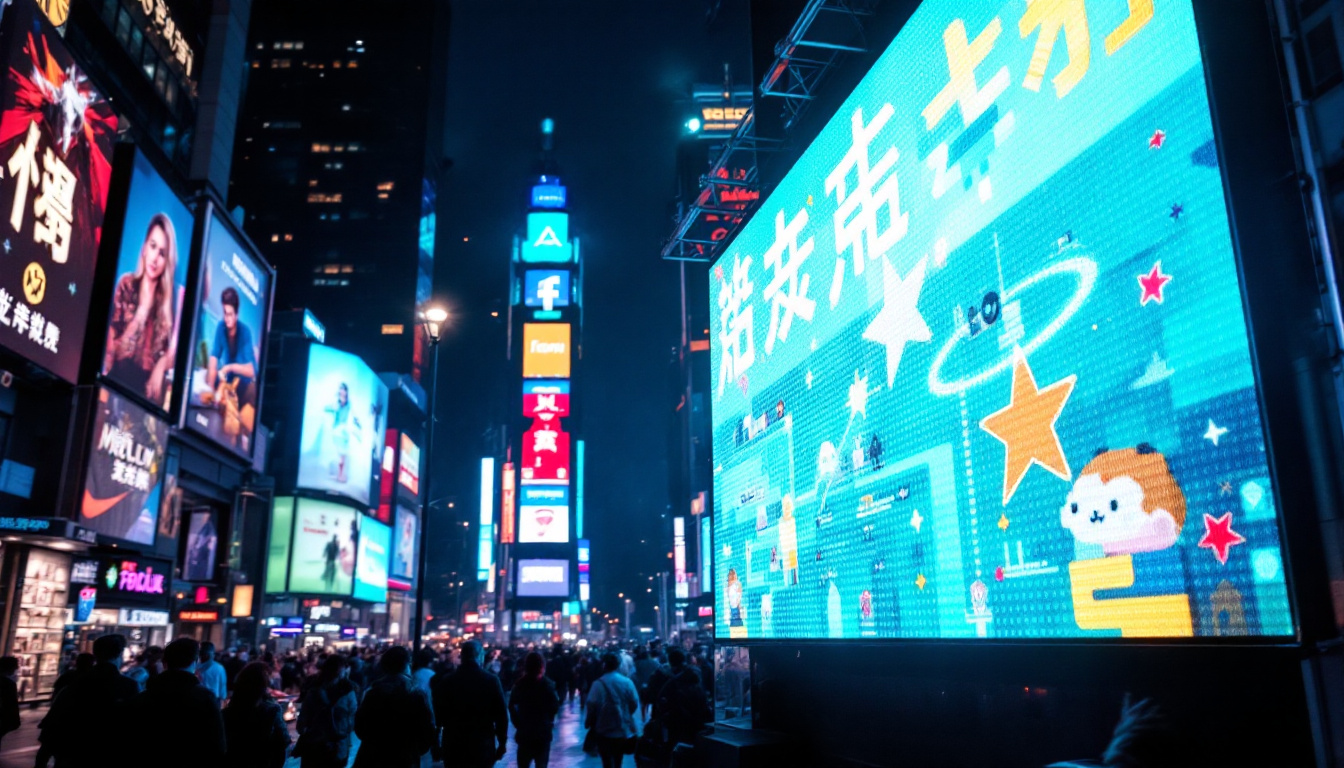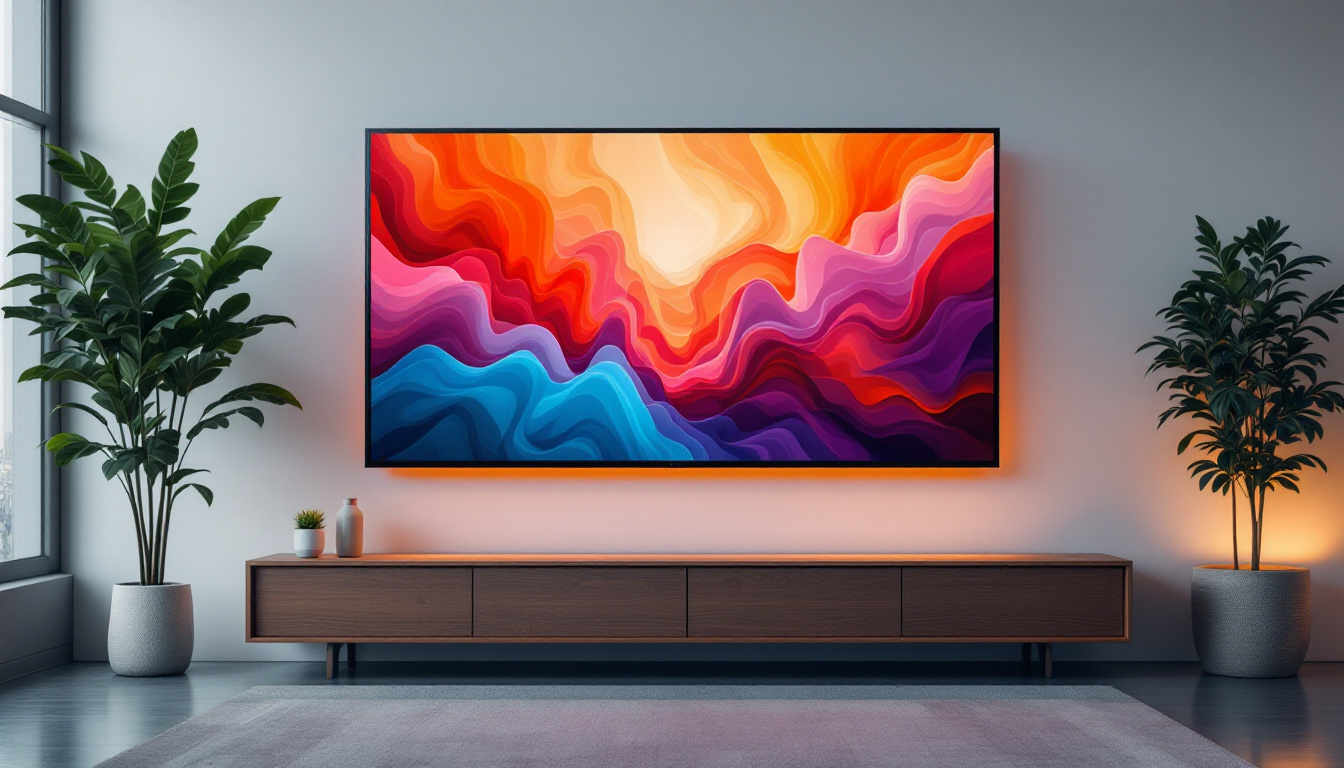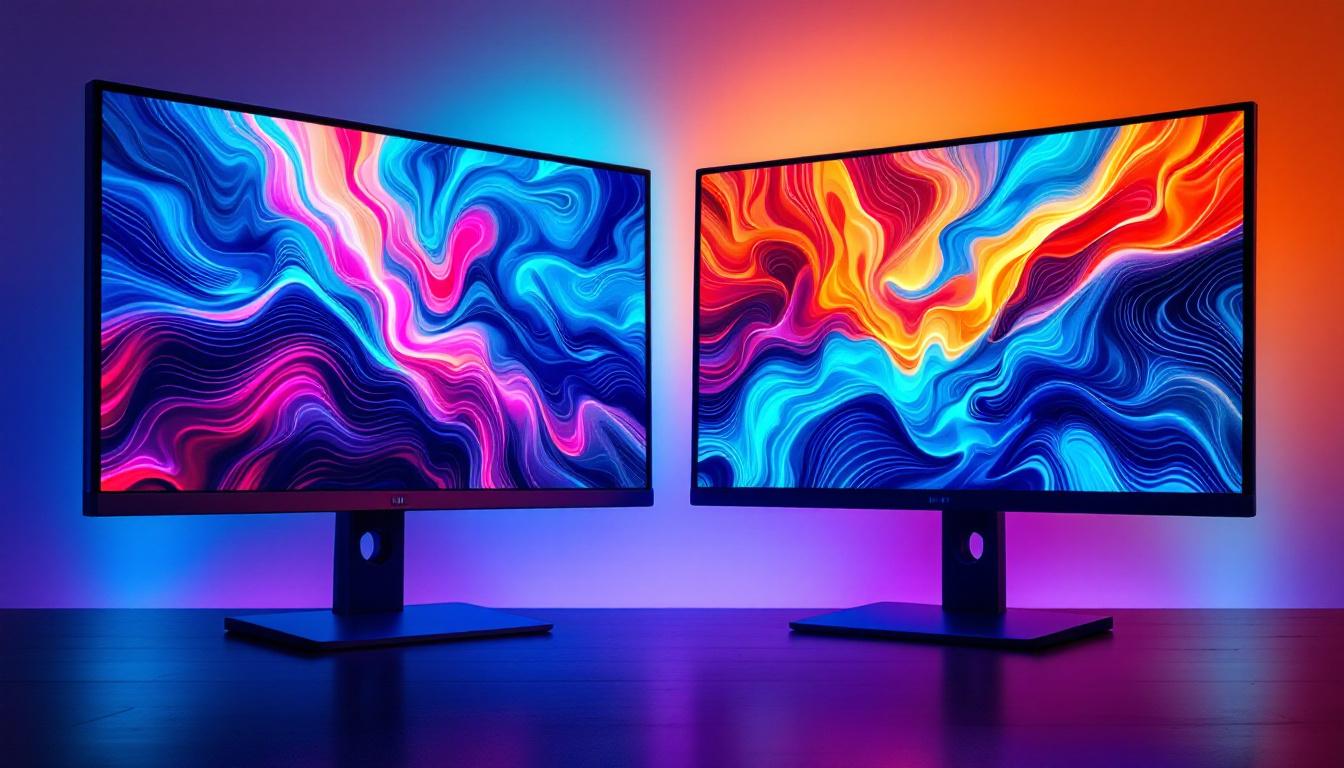In the modern world, visual technology plays a crucial role in how information is conveyed and consumed. Among the various display technologies available, LED (Light Emitting Diode) displays have emerged as a popular choice for both commercial and personal use. This article delves into the intricacies of LED displays, exploring their functionality, advantages, applications, and future trends.
Understanding LED Technology
LED technology is rooted in the principles of electroluminescence, where a semiconductor emits light when an electric current passes through it. This fundamental characteristic sets LEDs apart from traditional display technologies, such as LCDs and CRTs, which rely on backlighting or phosphorescence. The efficiency of LEDs not only contributes to lower energy consumption but also results in a longer lifespan, making them a sustainable choice for modern lighting and display solutions.
The Basics of LED Displays
LED displays consist of an array of small light-emitting diodes that work together to create images and videos. Each diode functions as a pixel, and the combination of these pixels forms the complete image. The size, color, and brightness of the display can be adjusted based on the arrangement and type of LEDs used. This flexibility allows for a wide range of applications, from small screens on handheld devices to massive outdoor billboards that can be seen from great distances.
There are two primary types of LED displays: direct view and backlit. Direct view LED displays emit light directly from the diodes, while backlit LED displays use LEDs to illuminate a liquid crystal display (LCD) panel. The direct view technology is often preferred for large-scale applications due to its superior brightness and contrast. Additionally, direct view displays can achieve a wider color gamut, enhancing the visual experience for viewers, especially in environments with varying lighting conditions.
Types of LED Displays
LED displays can be categorized into several types based on their application and configuration. The most common types include:
- Indoor LED Displays: These displays are designed for use in enclosed spaces, such as shopping malls, conference rooms, and theaters. They typically have a higher pixel density, providing sharper images and better color reproduction. The technology behind indoor displays often includes advanced features like high refresh rates, which are essential for displaying fast-moving content without blurring.
- Outdoor LED Displays: Built to withstand harsh weather conditions, outdoor displays are often used for advertising billboards and stadium screens. They are designed with a lower pixel density but are much brighter to ensure visibility in direct sunlight. Many outdoor displays also incorporate protective measures against moisture and dust, ensuring durability and longevity even in challenging environments.
- transparent LED displays: This innovative technology allows for displays that can be seen through. They are often used in retail environments, providing an eye-catching way to showcase products while maintaining visibility. Transparent LED displays can create a unique shopping experience by blending digital content with physical merchandise, allowing retailers to engage customers in a novel manner.
In addition to these common types, there are also specialized LED displays designed for specific applications, such as flexible LED screens that can be bent or shaped to fit unique spaces. These displays are particularly popular in creative installations and art exhibits, where traditional rigid screens would be impractical. Furthermore, advancements in LED technology continue to evolve, with innovations such as microLED and miniLED paving the way for even higher resolutions and improved performance in both consumer electronics and professional display solutions.
Advantages of LED Displays
LED displays offer numerous advantages that make them a preferred choice for various applications. Understanding these benefits can help businesses and consumers make informed decisions when selecting display technology.
Energy Efficiency
One of the most significant advantages of LED displays is their energy efficiency. Compared to traditional display technologies, LEDs consume significantly less power, leading to reduced energy costs. This efficiency not only benefits the environment but also lowers operational expenses for businesses. Moreover, the lower energy consumption translates into a smaller carbon footprint, making LED displays a more sustainable choice in an era where environmental considerations are increasingly important.
Longevity and Durability
LED displays are known for their long lifespan, often lasting over 50,000 hours of continuous use. This durability makes them an excellent investment for businesses, as they require less frequent replacements and maintenance. Additionally, many LED displays are designed to withstand harsh conditions, making them suitable for both indoor and outdoor applications. For instance, outdoor LED displays are often weatherproof and resistant to extreme temperatures, ensuring reliable performance in various climates. This resilience not only enhances their usability but also contributes to lower long-term costs associated with repairs and replacements.
High Brightness and Contrast
LED technology provides exceptional brightness levels, allowing displays to remain visible even in well-lit environments. This high brightness, combined with excellent contrast ratios, ensures that images and videos appear vibrant and clear. As a result, LED displays are ideal for advertising, events, and other applications where visibility is paramount. Furthermore, the ability to adjust brightness levels dynamically means that LED displays can adapt to different lighting conditions, maintaining optimal visibility at all times. This adaptability is particularly beneficial in settings such as concerts or sporting events, where lighting can vary dramatically, ensuring that the content remains engaging and eye-catching regardless of the surroundings.
Versatility in Design
Another notable advantage of LED displays is their versatility in design. Available in various shapes and sizes, LED technology can be customized to fit a wide range of applications, from large-scale billboards to small digital signage. This flexibility allows businesses to create unique visual experiences tailored to their brand and audience. Additionally, advancements in LED technology have led to the development of flexible and transparent displays, which can be integrated into various environments, such as retail spaces or architectural features, enhancing aesthetic appeal while delivering impactful messaging.
Enhanced Color Accuracy
LED displays are also renowned for their superior color accuracy, which is essential for applications that require precise color reproduction, such as graphic design, photography, and video production. With the ability to produce a wider color gamut, LED displays can render more vibrant and lifelike images, making them an excellent choice for creative professionals. This enhanced color performance not only elevates the viewing experience but also ensures that the intended message is conveyed effectively, whether in a commercial advertisement or a digital art installation.
Applications of LED Displays
The versatility of LED displays allows them to be utilized across a wide range of industries and applications. From advertising to entertainment, these displays have transformed the way information is presented and consumed.
Advertising and Marketing
One of the most prominent uses of LED displays is in advertising. Billboards and digital signage equipped with LED technology attract attention with dynamic content and vibrant colors. Advertisers can easily change messages and promotions in real-time, allowing for greater flexibility and responsiveness to market trends.
Events and Entertainment
In the realm of entertainment, LED displays have become a staple for concerts, festivals, and sporting events. large-scale LED screens enhance the audience experience by providing clear visuals and engaging content. Additionally, the ability to create stunning visual effects through video mapping and synchronized displays adds an extra layer of excitement to live performances.
Transportation and Public Information
LED displays are also widely used in transportation systems, providing real-time information to commuters. Bus and train stations often feature LED screens that display arrival and departure times, delays, and other essential information. This application enhances the overall efficiency and effectiveness of public transportation systems.
Future Trends in LED Display Technology
The LED display industry is continually evolving, with new technologies and innovations emerging regularly. Understanding these trends can provide insights into the future of visual technology.
Advancements in Resolution
As consumer demand for higher-quality visuals increases, manufacturers are focusing on improving resolution. Innovations such as MicroLED and MiniLED technology are paving the way for displays with even greater pixel density, resulting in sharper images and more vibrant colors. These advancements are expected to revolutionize the way content is experienced across various platforms.
Integration with Smart Technology
Another significant trend is the integration of LED displays with smart technology. As the Internet of Things (IoT) continues to expand, LED displays are becoming smarter and more connected. This integration allows for features such as remote content management, data analytics, and interactive capabilities, enhancing the overall user experience.
Sustainability Initiatives
With growing concerns about environmental impact, the LED display industry is increasingly focusing on sustainability. Manufacturers are exploring eco-friendly materials and production processes, as well as developing energy-efficient technologies. This commitment to sustainability not only benefits the environment but also appeals to consumers who prioritize eco-conscious products.
Conclusion
LED displays have transformed the way visual content is presented and consumed, offering numerous advantages over traditional display technologies. Their energy efficiency, durability, and high-quality visuals make them an ideal choice for a wide range of applications, from advertising to entertainment. As technology continues to advance, the future of LED displays looks promising, with innovations in resolution, smart technology integration, and sustainability initiatives on the horizon.
Understanding the intricacies of LED displays is essential for businesses and consumers alike, as these technologies continue to shape the visual landscape. Whether for commercial use or personal enjoyment, LED displays are poised to play a vital role in the future of visual communication.
Discover the Future of Visuals with LumenMatrix
Ready to elevate your visual experience with the latest in LED display technology? LumenMatrix is at the forefront of innovation, offering a diverse range of LED display solutions that cater to your unique needs. From captivating Indoor LED Wall Displays to dynamic Outdoor LED Wall Displays, and from versatile Vehicle LED Displays to sleek LED Poster Displays, our products are designed to make your brand shine. Immerse your audience with our LED Sports Displays, Floor LED Displays, and Custom LED Displays, or streamline your message with our All-in-One LED Display solutions. Experience the cutting-edge of transparency with our LED Transparent Display. Embrace the revolution in visual communication and Check out LumenMatrix LED Display Solutions today to share your message with unparalleled impact and clarity.

